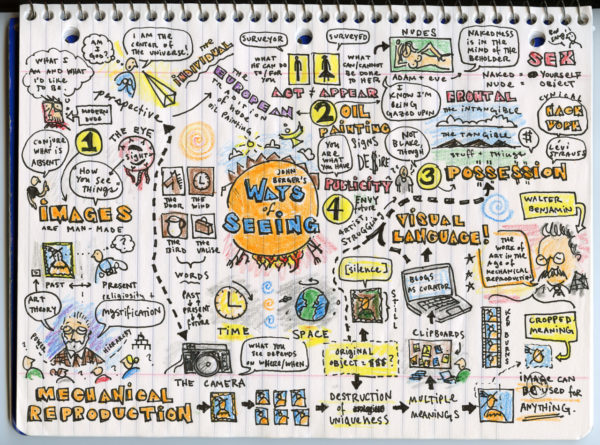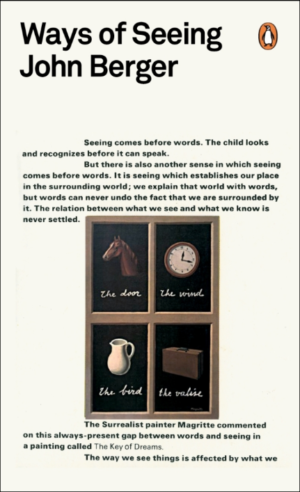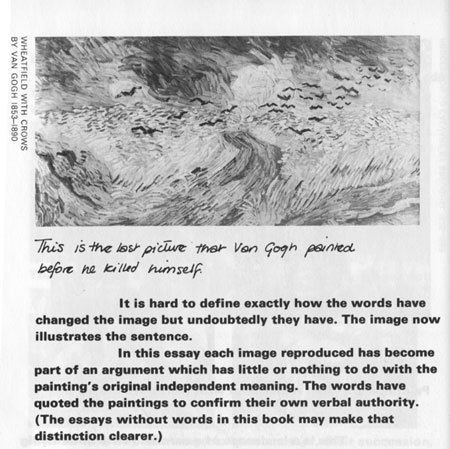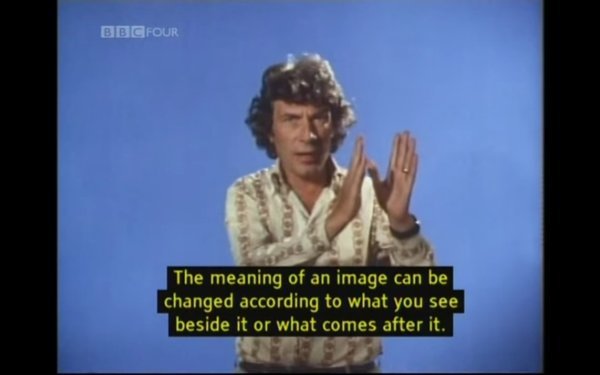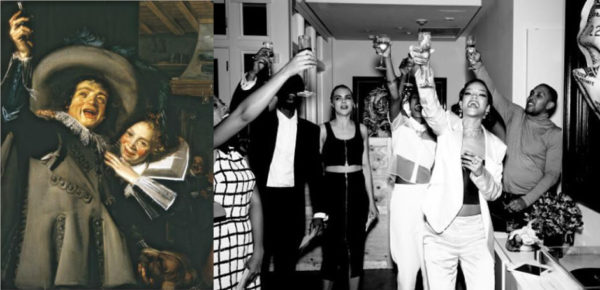I’m reading John Berger’s last published book, Confabulations, and it’s reminding me what an impact his book, Ways of Seeing, had on me when I first read it a decade ago. (I drew this map in 2008.)
Berger was a hero in my person pantheon of “writers who draw”:
Because he had been a painter, Berger was always a visual thinker and writer. In conversation with the novelist Michael Ondaatje he remarked that the capabilities of cinematographic editing had influenced his writing. He identified cinema’s ability to move from expansive vistas to close-up shots as that to which he most related and aspired.
One of the things Berger’s work taught me early on was the power of captions: How simply changing the text underneath an image radically altered the image’s message. Here’s an example from the book:
Because I first discovered it in book form, it took me a while to even realize that it was based on the 1972 BBC series of the same name. (It was Berger’s reaction to Kenneth Clarke’s Civilisation series, which had a more traditional view of Western art.) At the momest, all of the episodes are available on Youtube:
For a fun update on Berger for the social media age, see Ben Davis’s essay: “Ways of Seeing Instagram”:
Isn’t it striking that the most-typical and most-maligned genres of Instagram imagery happen to correspond to the primary genres of Western secular art? All that #foodporn is still-life; all those #selfies, self-portraits. All those vacation vistas are #landscape; art-historically speaking, #beachday pics evoke the hoariest cliché of middle-class leisure iconography… Technology has so democratized image-making that it has put the artistic power once mainly associated with aristocrats—to stylize your image and project yourself to an audience as desirable—into everyone’s hands.
